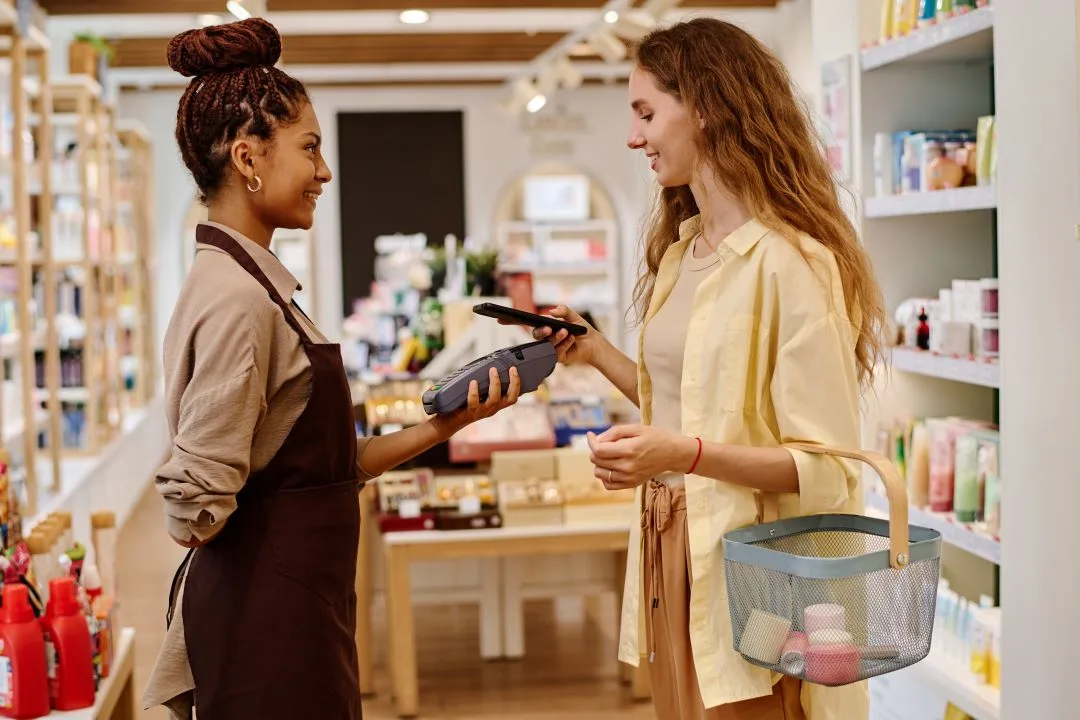
Several non-card payment methods emerged as eCommerce grew in the early 2000s. Most European countries now have at least one thriving alternative payment method (APM), as the number keeps growing.
A number of these alternative payment methods leveraged existing card systems, such as PayPal. In contrast, others were built from the ground up based on the concept of account-to-account (A2A) bank transfers, such as iDeal in the Netherlands and Blik in Poland.
Consumers increasingly want a way to pay that works for them. eCommerce shoppers in Europe prefer to pay through digital wallets (42%), like PayPal and Alipay. They also love Visa and Mastercard (35%), followed by domestic bank credit and debit cards (24%).
Europe’s preferred online payment methods by country
Each country in Europe is different. It’s not surprising that consumers in these countries prefer different online payment methods.
These are some of the more common payment methods for some of the European countries so you can offer multiple payment options to your customers to increase revenue and clientele:
Top tips for smarter checkouts
Austria
With eCommerce revenue projected to reach US$11.75bn in 2022, according to research from Statista, Austria’s most popular alternative payment methods are open invoices (28% of transactions) and EPS. The latter is one of the most popular domestic online bank transfer payment methods, accepted by 80% of Austrian merchants. For merchants, this eliminates chargeback risk and allows local currency settlements.
Even though for online purchases, most Austrians prefer cashless methods, for online purchases, 5% still pay with cash, which is more common in developing countries.
Belgium
eCommerce sales in Belgium topped 12 billion euros in 2021, an unprecedented number.
While 50% of Belgian online shoppers still use cards to pay for goods purchased online, Bancontact, formerly Mister Cash, is a popular domestic card payment option branded with Maestro.
Subsequently, the main alternative to paying with a card is through a bank transfer – among all payment methods, it is expected to grow the fastest.
France
In France, 80% of consumers shop online. Online shoppers in France prefer payment cards, which accounted for 50% of the eCommerce market in 2021. Wallets are becoming increasingly popular, accounting for just over 25% of eCommerce payments.
Instant payments in France are known as STET (Systems Technological d’Echange et de Traitement) and are driving APMs’ growth.
Germany
Regarding B2C eCommerce sales, Germany is second only to the United Kingdom, with shoppers aged 45 or older matching Gen Y at 25% of eCommerce sales. At 36%, the most prevalent eCommerce demographic is between 25- and 34-year-olds.
PayPal is the most popular online payment method in Germany, followed by invoices, debit or credit cards, and direct debit.
With more than 1,500 German banks integrated into Giropay, this is one of Germany’s most popular real-time bank transfer payment methods.
The Netherlands
Dutch eCommerce is powered by iDEAL, which represents 70% of domestic and global online transactions, projected to grow to 77% in 2022.
It’s an inter-bank system that lets shoppers use their bank account for online shopping. Payments via direct debit and open invoices are also popular.
Convenience is what sets iDEAL apart from other payment options. It’s easy to pay without creating an account – you only need a simple login to online banking. Bank statements track all payments, so everything is transparent.
Poland
In 2025, Poland is expected to be one of the fastest-growing eCommerce markets in Europe, with $26.3 bn in revenue.
Shoppers in Poland use direct online bank transfers (pay-by-links) powered by their local banks, called ‘Przelewy24’ or ‘P24’, and 30% use BLIK, a local bank transfer option.
Mobile payments are mostly made with BLIK. It’s mostly used for eCommerce, but its latest enhancement, BLIK Contactless, lets you pay in stores.
The United Kingdom
More than 85% of UK residents shop online now, up from only 45% two years ago. eCommerce revenue is expected to reach US$158.40bn in 2022.
However, 90% of UK eCommerce payments are made with cards. Alternative Payments Methods popular with the Brits are digital wallets, like Apple Pay and Google Pay and Buy Now Pay Later (BNPL).
Since the pandemic, 89% of UK consumers say they’re confident using PayPal, while 31% say they’re confident using mobile wallets like Apple Pay or Google Pay. Younger generations use mobile wallets the most, with 68% of Generation Z saying they use them.
Get started with APMs
No matter which European countries you want to sell your goods online to, Trust Payments is here to help. Using Tru Connect to get the next generation of online payments with an easy, fast, and simple gateway.
For more information, contact us today.




